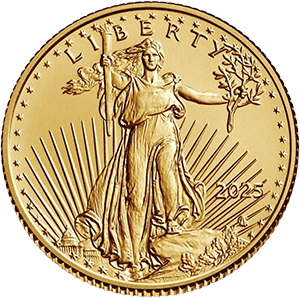
Gold, known for its alluring luster and rarity, has long been a symbol of wealth and a fundamental part of global economics. It's a fascinating precious metal, measured in a unit uncommon to other commodities: the troy ounce. For those dealing with larger amounts, gold is often measured in kilograms. Understanding these measurements, their conversion, and the ever-changing cost of gold is crucial for everyone from the casual investor to the seasoned jeweler. So, how many ounces are in a kilo of gold, and what does it cost? Let's delve into these topics using the most recent data as of July 2023.
Firstly, when we refer to ounces in the context of gold, we're speaking of troy ounces, not the standard ounces often used in the United States. One troy ounce equals 31.1035 grams, whereas a standard ounce is 28.3495 grams. A kilogram, a standard metric unit, equals 1000 grams. Thus, there are approximately 32.15 troy ounces in one kilogram of gold.
Having understood the weight of gold, let's now turn our focus to its value. The cost of gold isn't constant but varies based on numerous influencing factors. As of July 2023, the price of gold stands around $1,950 per troy ounce. Therefore, considering there are 32.15 troy ounces in a kilogram, a kilogram of gold would cost approximately $62,692.5.
However, it's important to note that the price of gold is not static but fluctuates continuously. A good understanding of these fluctuations is vital for anyone interested in buying, selling, or investing in gold. But what causes these changes in gold prices?

Supply and Demand:
The price of any commodity, gold included, is heavily influenced by supply and demand. When the demand for gold increases or the supply decreases, the price of gold generally goes up. Conversely, when demand decreases or supply increases, the price often falls.
Economic Indicators:
Gold often acts as a "safe haven" investment during times of economic uncertainty. As a result, negative economic indicators can drive up gold prices as investors seek to protect their wealth. Conversely, positive economic indicators can cause gold prices to fall as investors turn towards riskier, potentially higher-yield investments.
Inflation:
As a hedge against inflation, the price of gold often rises when inflation is high. Investors turn to gold as it typically maintains its value, while the purchasing power of cash decreases during inflationary periods.
Currency Values:
The price of gold is often inversely related to the value of the U.S. dollar. When the dollar is strong, gold prices typically fall in U.S. dollar terms due to decreased demand for gold as a hedge.
Central Banks:
The actions of central banks can have a significant impact on gold prices. If central banks buy gold, this can push prices up, and conversely, if they sell gold, prices may fall.
Conclusion
Given these numerous influencing factors, it's clear why gold prices fluctuate and why the price of a kilo of gold today might be different tomorrow. It underlines the importance of staying abreast of market trends and global economic indicators, especially for those looking to invest in gold. Despite its volatility, gold continues to be considered a solid investment, providing a safe haven in uncertain times, a hedge against inflation, and an integral component of a diversified investment portfolio.









